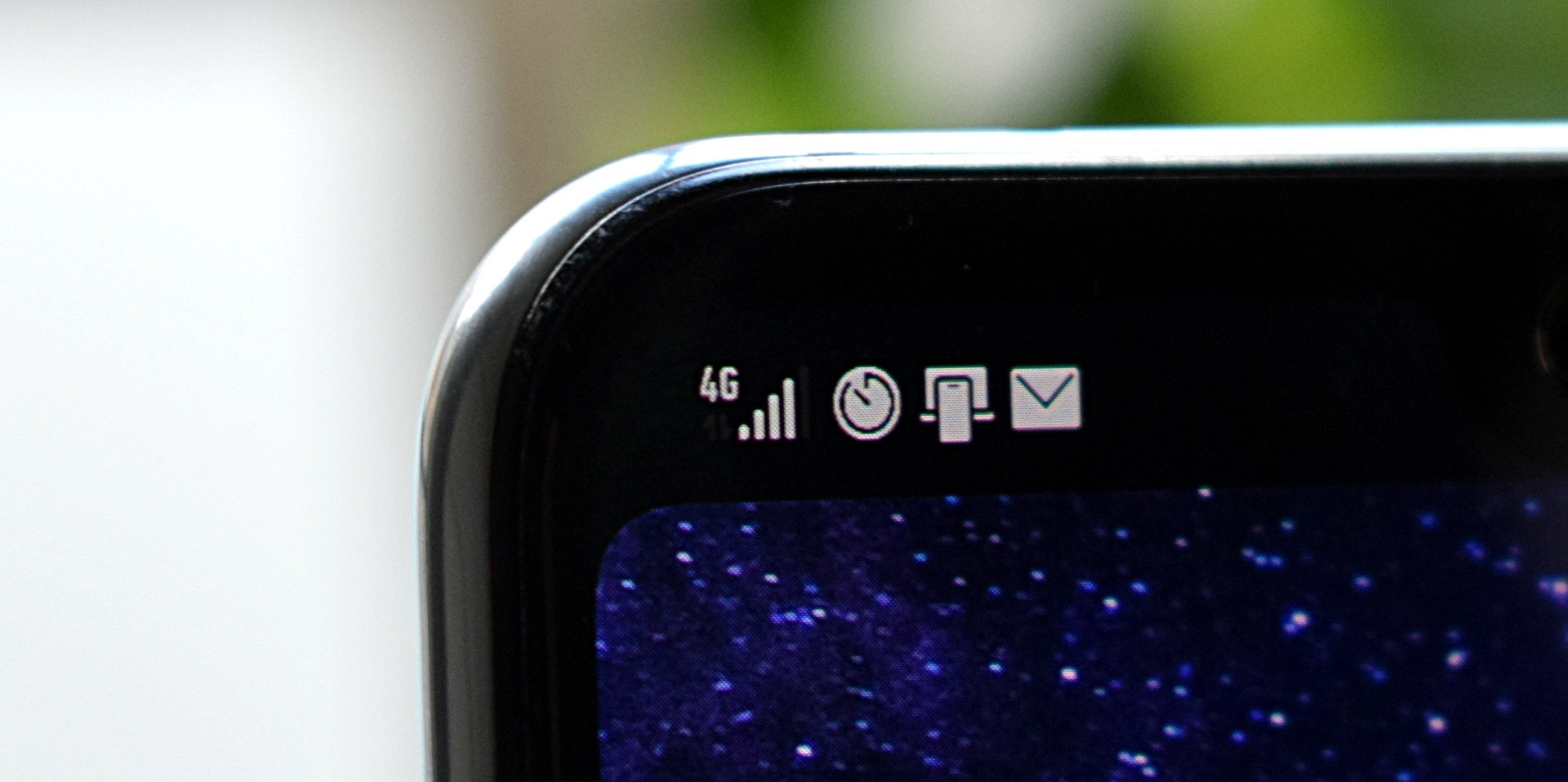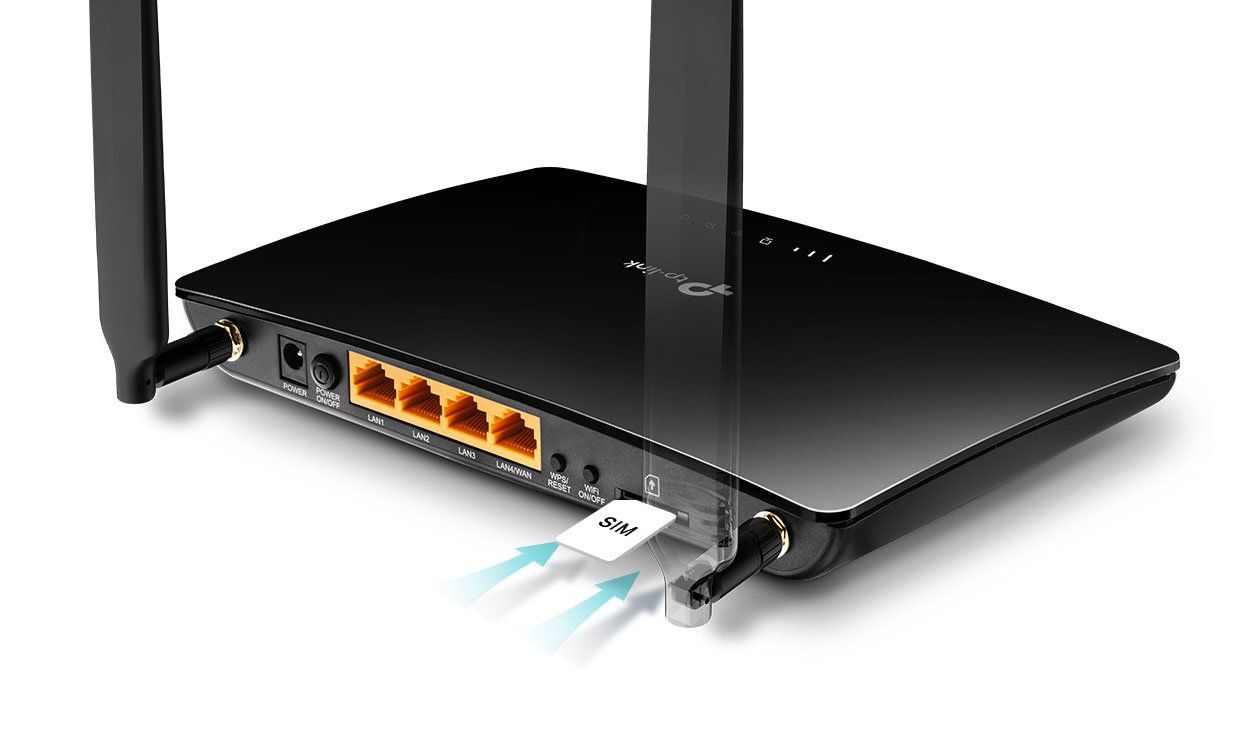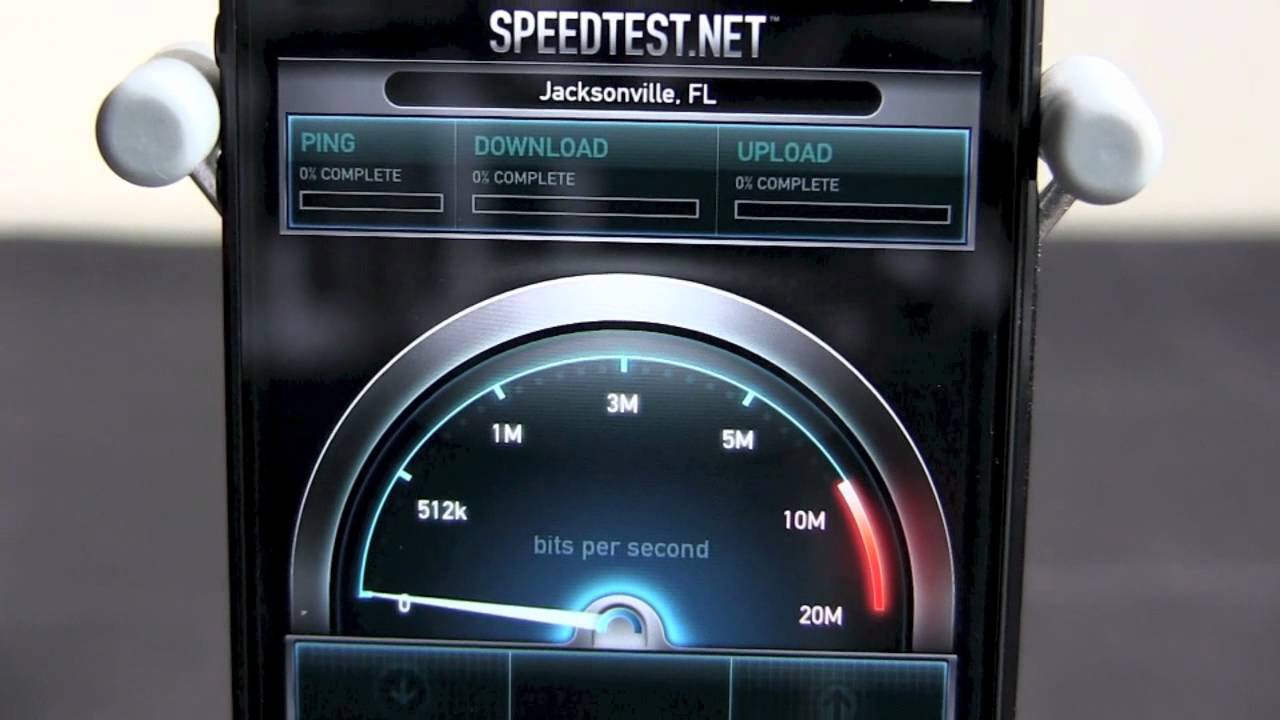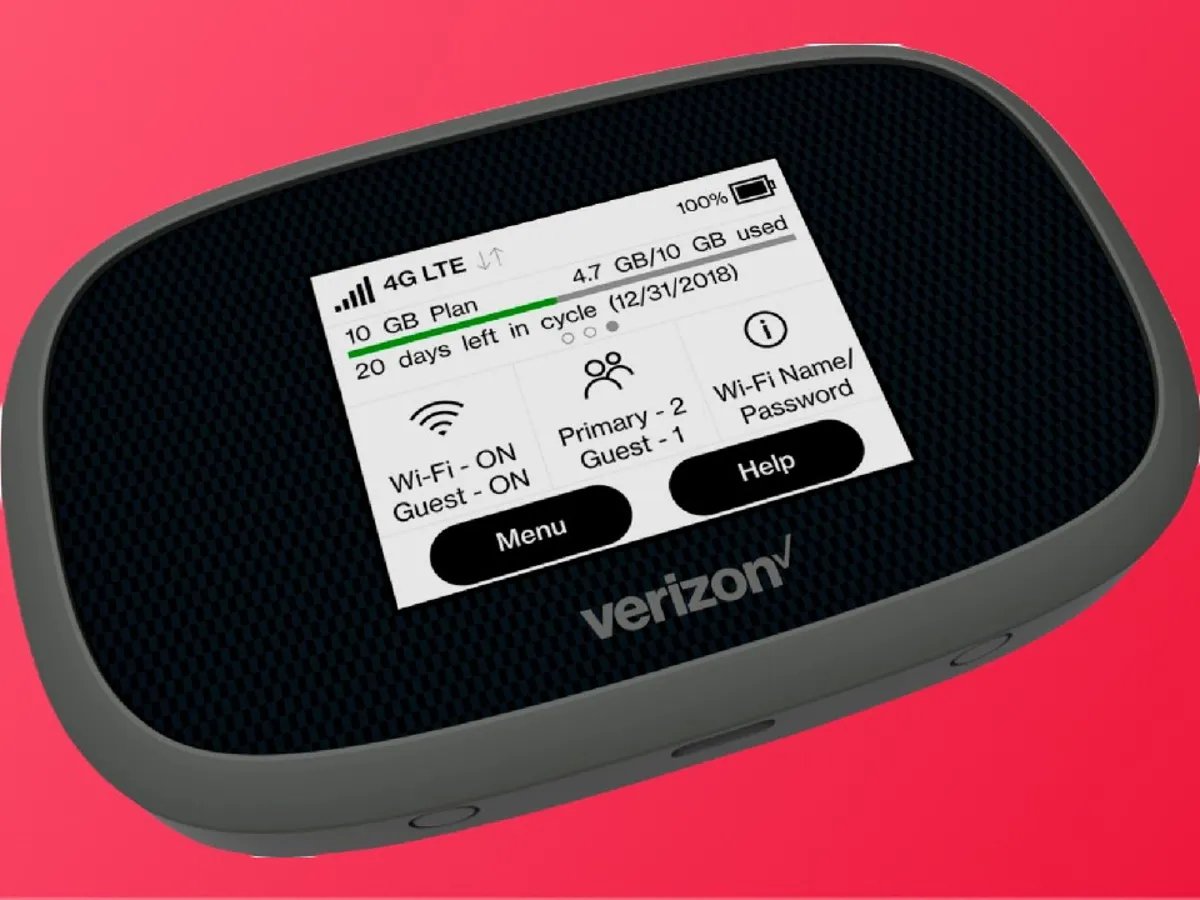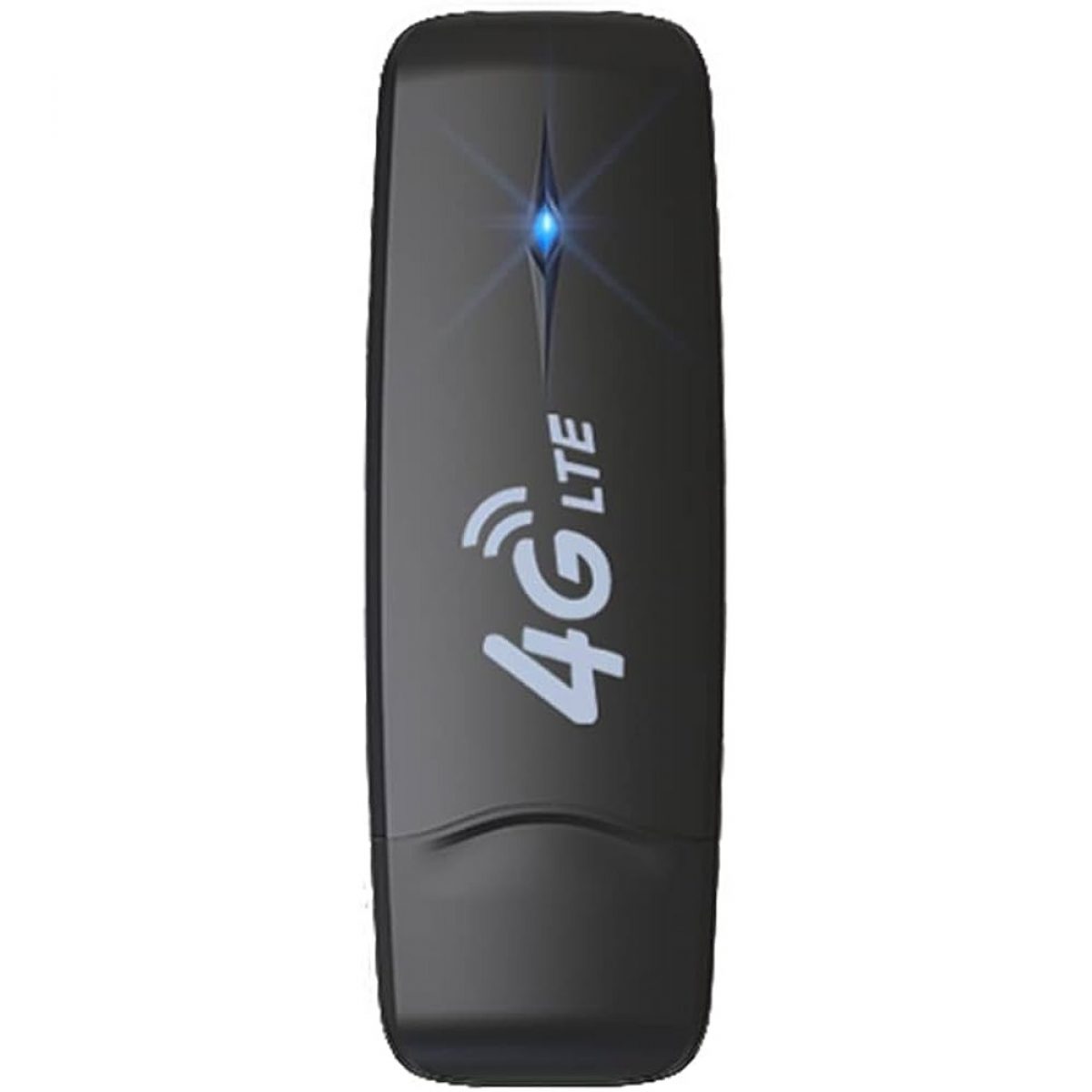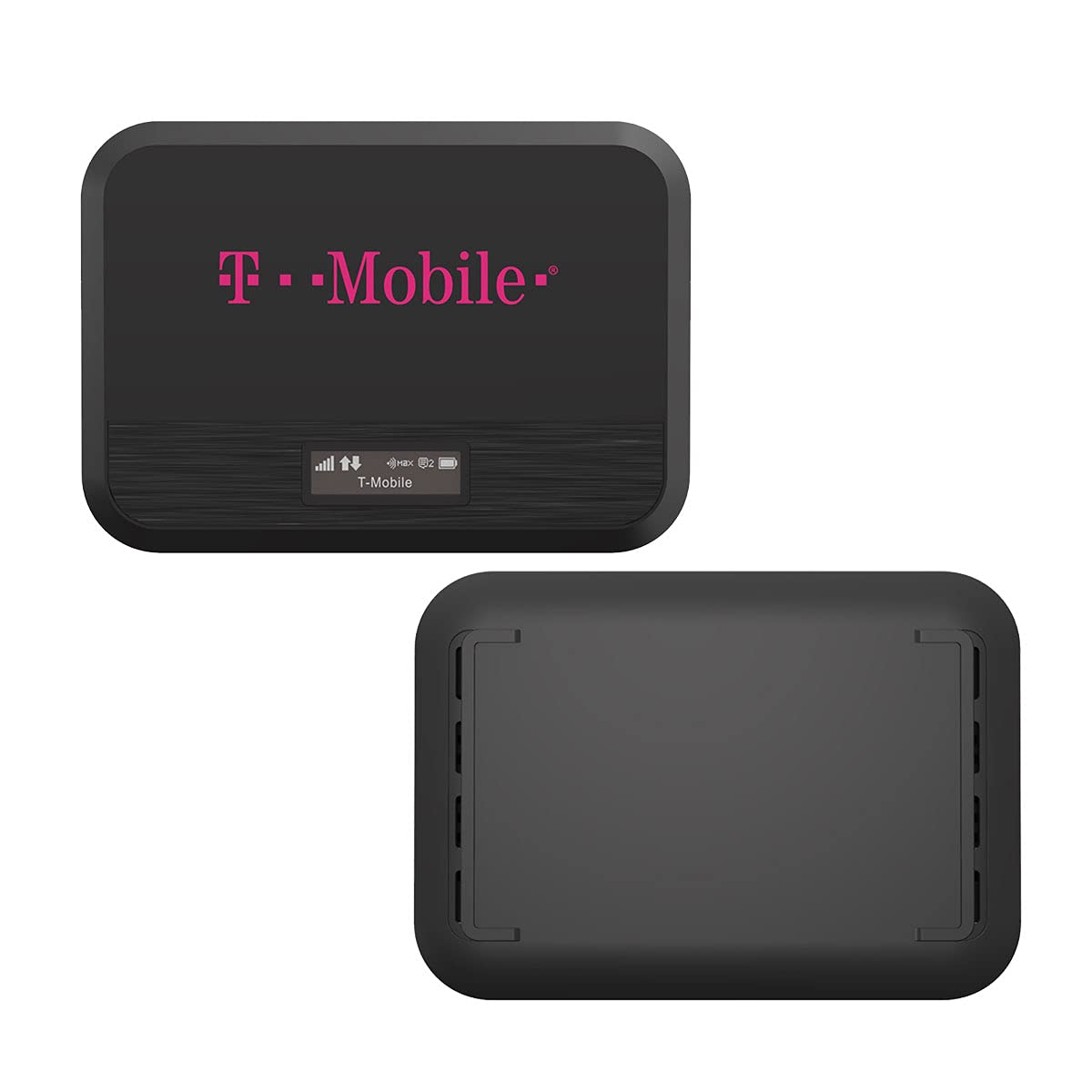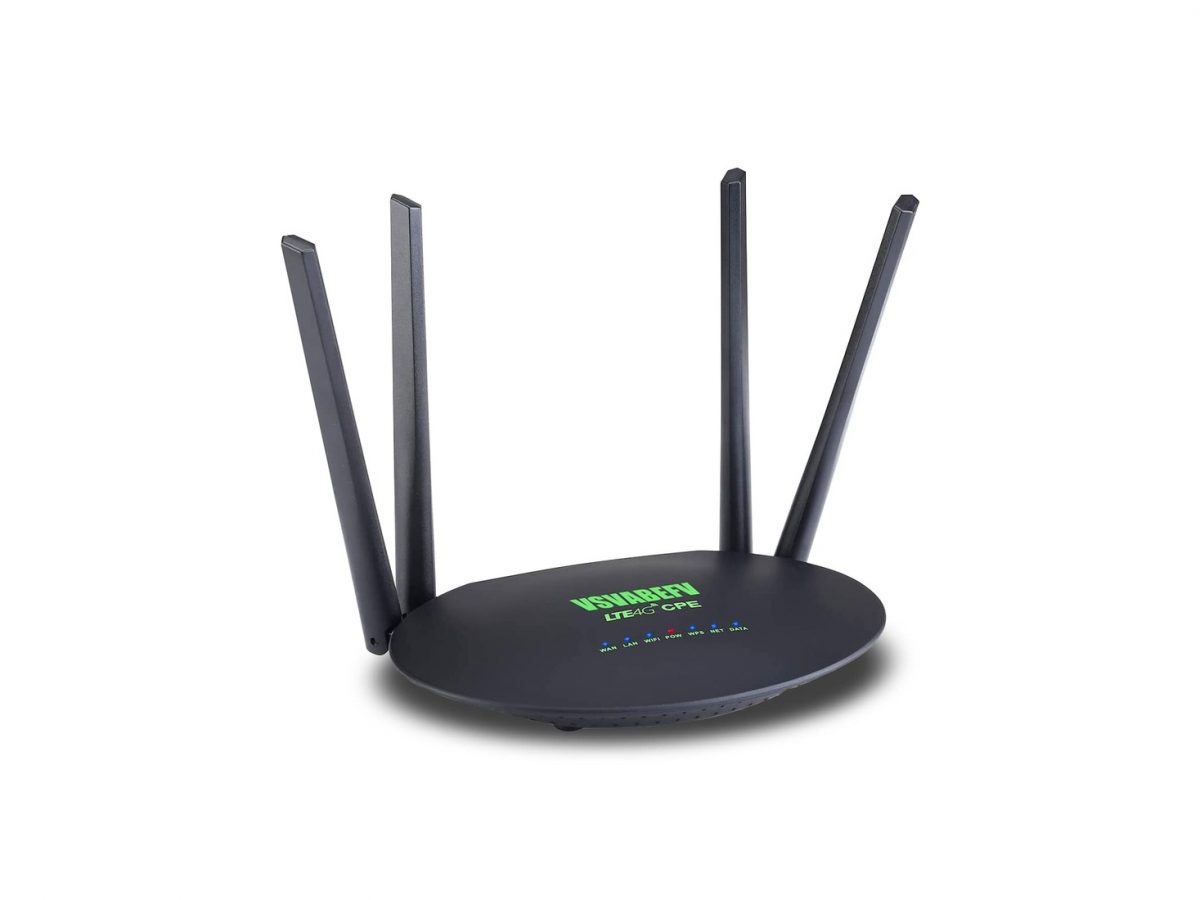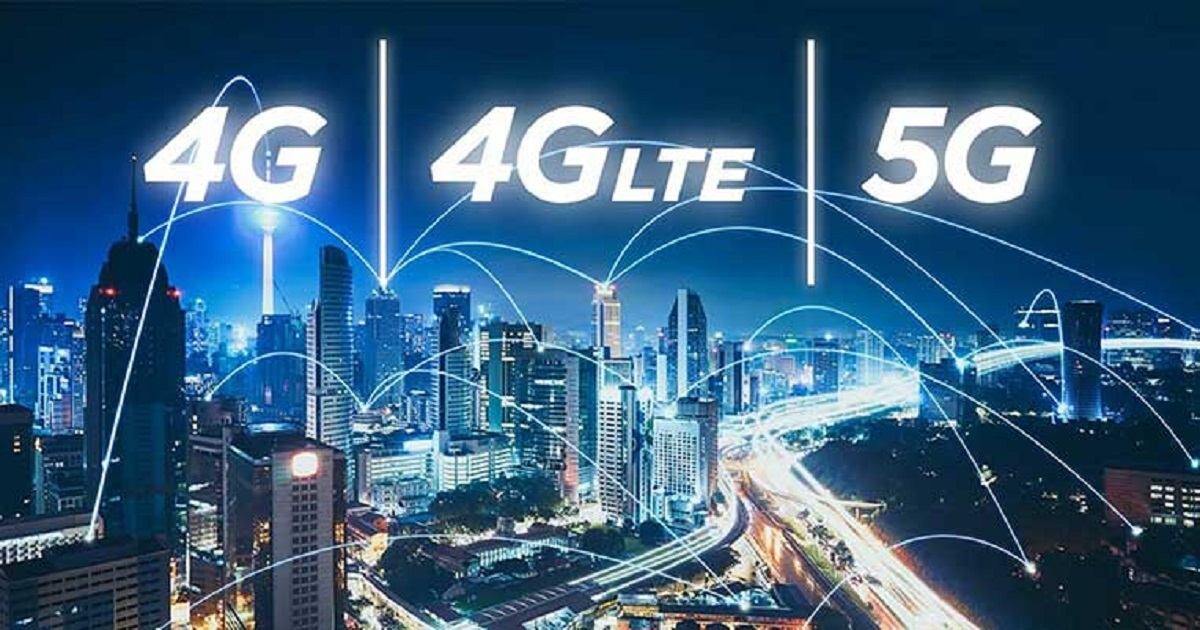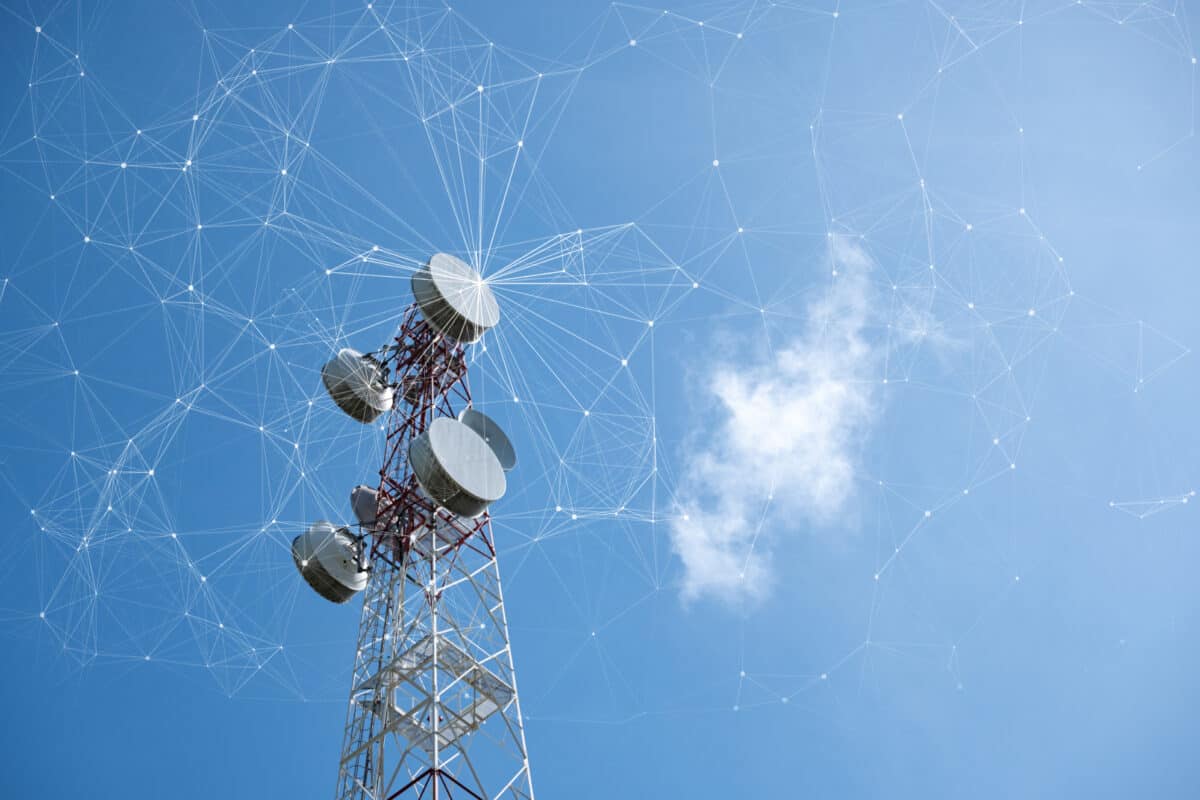Introduction
With the ever-evolving world of technology, the realm of mobile connectivity continues to advance at a rapid pace. Two prominent terms that often come up in discussions about mobile networks are 4G and LTE. These terms are used interchangeably but do have some subtle differences. If you’re wondering which is better between the two, this article seeks to shed light on the topic and help you make an informed decision.
4G, short for the fourth generation, revolutionized the way we connect to the internet on our mobile devices. It was a significant leap forward from its predecessor, 3G, in terms of speed, capacity, and overall performance. LTE, on the other hand, stands for Long Term Evolution. It is a standard of wireless communication that falls under the umbrella of 4G networks. Simply put, LTE is a more advanced version of 4G, offering even faster speeds and improved capabilities.
So, which is better: 4G or LTE? The answer isn’t as straightforward as one might expect. To make an informed decision, it’s important to understand the key differences between the two technologies. In the following sections, we will delve deeper into the characteristics that differentiate 4G and LTE, including speed and performance, coverage, device compatibility, availability, and cost.
By gaining a clear understanding of these factors, you’ll be able to evaluate which mobile network technology suits your needs and preferences. Whether you’re a frequent traveler, a heavy data user, or someone on a tight budget, considering the various aspects will help you determine whether 4G or LTE is the right fit for you. So, let’s dive into the comparison and explore which technology comes out on top.
Overview of 4G
4G, or the fourth generation of mobile network technology, brought about a significant leap in connectivity compared to its predecessor, 3G. It introduced faster download and upload speeds, improved call quality, and enhanced overall performance. The primary goal of 4G was to provide users with a seamless internet experience, allowing them to stream high-definition videos, engage in video calls, and download large files with ease.
One of the key features of 4G technology is its high data transfer rates. The average download speeds for 4G networks range from 5 to 50 Mbps, with upload speeds ranging from 2 to 20 Mbps. These speeds are significantly faster than what 3G networks can offer, making 4G a preferred choice for users who require quick and reliable internet access.
In addition to speed, 4G networks boast lower latency compared to its predecessors. Latency refers to the time it takes for data to travel from the source to the destination. With lower latency, users experience reduced delays in activities such as streaming, online gaming, and video calling.
4G networks utilize a technology called Orthogonal Frequency Division Multiplexing (OFDM) for data transmission. OFDM allows for efficient use of the available bandwidth by dividing it into multiple smaller sub-channels. This enables faster data transfer rates while minimizing interference.
As 4G technology evolved, it introduced various advancements such as Multiple Input Multiple Output (MIMO) antennas. MIMO technology uses multiple antennas at both the cell tower and the user’s device to improve signal strength and enhance data speeds. This technology also helps in increasing network capacity and reducing signal degradation when there are multiple users connected to the network simultaneously.
4G networks are widely available in many regions around the world. However, it’s important to note that the actual network performance may vary based on factors such as geographical location, network congestion, and the quality of infrastructure.
In summary, 4G technology brought about a significant improvement in mobile connectivity, offering faster speeds, lower latency, and improved overall performance. Its high data transfer rates and lower delays make it an ideal choice for users who rely heavily on internet-based activities. Despite the advancements, 4G is now surpassed by an even more advanced technology, known as LTE, which we will explore in the next section.
Overview of LTE
LTE, which stands for Long Term Evolution, is a standard of wireless communication that falls under the umbrella of 4G networks. It represents a significant advancement in mobile network technology, surpassing the capabilities of traditional 4G. LTE was designed to deliver even faster speeds, increased capacity, and improved efficiency.
One of the key features of LTE is its ability to provide blazing-fast download and upload speeds. With average download speeds ranging from 10 to 100 Mbps and upload speeds ranging from 5 to 50 Mbps, LTE allows users to stream high-quality video content, download large files, and engage in real-time communication seamlessly.
Latency is another area where LTE shines. With reduced latency compared to earlier generations of mobile networks, LTE ensures minimal delays in activities such as online gaming, video conferencing, and live streaming. This low latency contributes to a smoother and more responsive user experience.
LTE uses a technology called Orthogonal Frequency Division Multiple Access (OFDMA) for data transmission. OFDMA allows for more efficient use of the available bandwidth by dividing it into smaller subcarriers, enabling multiple users to share the same spectrum efficiently. This results in increased network capacity and better overall performance, especially in densely populated areas.
Another crucial aspect of LTE is its support for Voice over LTE (VoLTE). Unlike traditional voice calls that rely on 2G or 3G networks, VoLTE ensures high-quality voice calls over the LTE network. It offers superior call quality, faster call setup times, and the ability to make voice calls while simultaneously using data services.
Additionally, LTE networks often incorporate advanced technologies like Carrier Aggregation, which allows multiple frequency bands to be combined, maximizing data speeds and network efficiency. LTE also supports MIMO antennas, similar to 4G, to enhance signal strength and coverage.
As LTE is a more advanced technology than traditional 4G, it offers better coverage in many areas. LTE networks are continuously expanding and being deployed in various regions globally. However, the availability and coverage may vary depending on your geographical location and network provider.
In summary, LTE represents a significant advancement in mobile network technology, providing faster speeds, lower latency, and increased overall efficiency compared to traditional 4G networks. Its support for advanced technologies ensures superior call quality, better network capacity, and improved coverage. As we delve deeper into the comparison between 4G and LTE, understanding the specific differences between the two technologies will help determine which is better suited to your needs.
Key Differences Between 4G and LTE
While 4G and LTE are often used interchangeably, there are some subtle differences between the two technologies. Understanding these differences can help you make an informed choice when it comes to selecting a mobile network for your needs. Here are the key differences between 4G and LTE:
Definition and Standard: 4G is a generic term used to refer to the fourth generation of mobile network technology, whereas LTE specifically stands for Long Term Evolution, representing a standard within the 4G spectrum.
Speed and Performance: LTE offers faster download and upload speeds compared to traditional 4G networks. While 4G provides average download speeds ranging from 5 to 50 Mbps, LTE can deliver speeds of 10 to 100 Mbps or higher. This difference in speed translates to quicker file downloads, smoother video streaming, and improved overall performance.
Network Technology: Unlike 4G, LTE utilizes advanced technologies such as Orthogonal Frequency Division Multiple Access (OFDMA) for data transmission. OFDMA allows for more efficient use of available bandwidth, resulting in increased capacity and improved network performance. LTE also supports Carrier Aggregation, which combines multiple frequency bands, further enhancing data speeds and network efficiency.
Voice Calls: While both 4G and LTE can handle voice calls, LTE networks have the advantage of supporting Voice over LTE (VoLTE). VoLTE ensures superior call quality, faster call setup times, and the ability to make voice calls while simultaneously using data services. Traditional 4G networks rely on older technologies for voice calls, which may result in lower call quality or slower call setup times.
Coverage and Availability: LTE networks have seen significant expansion and deployment in various regions worldwide, offering broader coverage in many areas compared to traditional 4G networks. However, the availability and coverage of LTE may still vary depending on your geographical location and network provider.
Compatibility: LTE is backwards compatible with 4G networks, meaning that LTE-enabled devices can access both LTE and 4G networks. However, not all 4G devices are compatible with LTE networks. If you want to take advantage of the faster speeds and enhanced features of LTE, you will need an LTE-compatible device.
Future-proofing: LTE is considered a more advanced technology than traditional 4G. As mobile networks continue to evolve, LTE provides a more future-proof option with its higher speeds, improved network capacity, and support for advanced technologies. Investing in LTE-compatible devices ensures compatibility with upcoming advancements in mobile network technology.
In summary, while 4G and LTE are related terms within the same generation of mobile network technology, LTE offers faster speeds, improved performance, better coverage, and advanced features like VoLTE. Understanding these key differences will help you make an informed decision when choosing between 4G and LTE for your mobile connectivity needs.
Speed and Performance Comparison
When it comes to mobile network technology, speed and performance are crucial factors to consider. Both 4G and LTE offer significant improvements over previous generations in terms of speed, but there are notable differences between the two technologies.
LTE, being a more advanced version of 4G, offers faster download and upload speeds compared to traditional 4G networks. The average download speeds for LTE can range from 10 to 100 Mbps or even higher, depending on the network provider and coverage area. This increased speed allows for quicker file downloads, seamless streaming of high-definition videos, and faster loading times for websites and applications.
On the other hand, 4G networks typically provide average download speeds ranging from 5 to 50 Mbps. While this is still significantly faster than previous generations like 3G, it falls short of the speeds that LTE can achieve. The lower speeds of 4G networks may result in slightly longer download times and buffering when streaming high-quality video content.
Upload speeds follow a similar pattern, with LTE networks outperforming 4G networks. LTE can deliver upload speeds ranging from 5 to 50 Mbps, allowing for quicker sharing of files, photos, and videos on social media platforms or through cloud services. 4G networks, on the other hand, typically offer upload speeds ranging from 2 to 20 Mbps, which may be sufficient for most everyday tasks but may exhibit some noticeable delays when uploading larger files.
Latency, which refers to the time it takes for data to travel from the source to the destination, is another important factor in determining network performance. Lower latency results in a more responsive network, reducing delays during activities such as online gaming, video conferencing, and real-time communication. LTE networks generally have lower latency compared to 4G networks, providing a smoother and more seamless user experience.
It’s important to note that the actual speeds experienced on both 4G and LTE networks may vary depending on several factors, such as network congestion, signal strength, and the quality of the device being used. Additionally, the speeds mentioned above are average speeds and individual experiences may differ. Network coverage and the quality of infrastructure also play a role in determining the actual performance of a mobile network.
In summary, LTE offers faster download and upload speeds, lower latency, and overall better performance compared to traditional 4G networks. While 4G networks still provide decent speeds for most everyday tasks, LTE’s superior speed and performance make it the preferred choice for users who require faster and more reliable internet access on their mobile devices.
Coverage Comparison
When considering a mobile network, coverage is a crucial factor to ensure a reliable and uninterrupted connection. Both 4G and LTE networks vary in terms of coverage, and understanding this difference will help you make an informed decision.
Traditional 4G networks have been widely deployed and offer decent coverage in many regions worldwide. However, the extent of coverage may still vary depending on factors such as geographical location, network provider, and the quality of infrastructure. In densely populated areas and urban centers, 4G coverage tends to be more extensive, providing reliable connectivity for a significant portion of the population.
On the other hand, LTE networks have seen significant expansion and deployment, offering broader coverage compared to traditional 4G networks. LTE networks are continually being extended to reach more areas, including rural and remote locations. As a more advanced technology, LTE networks have made strides in bridging the digital divide, ensuring that even those in underserved areas have access to high-speed internet connectivity.
It’s important to note that while LTE coverage is expanding, the availability and extent of coverage can still vary depending on your geographical location and network provider. Rural and remote areas might have limited LTE coverage, and it’s always recommended to check coverage maps or consult with your network provider to determine the availability of LTE in your particular area.
Additionally, factors such as terrain, building structures, and network congestion can also impact coverage. Tall buildings, mountains, and other physical obstructions may affect the signal strength and overall coverage in specific areas. In urban environments with high population densities, network congestion can result in reduced speeds and lower overall performance, even with extensive coverage.
When comparing coverage between 4G and LTE, it’s important to consider the specific network infrastructure and expansion plans of your network provider. Different providers may have varying coverage footprints, and they may prioritize the deployment of LTE in certain areas over others.
In summary, LTE networks offer broader coverage compared to traditional 4G networks, ensuring more extensive availability of high-speed internet connectivity. However, the actual coverage and availability of both 4G and LTE networks can vary depending on factors such as geographical location, network provider, and infrastructure. Verifying coverage maps or consulting with your network provider will help you determine which technology offers the best coverage in your area.
Device Compatibility Comparison
When considering a mobile network, device compatibility is a crucial aspect to ensure that your device can connect to and take advantage of the network’s capabilities. Both 4G and LTE networks have varying requirements when it comes to device compatibility.
4G networks have been around for quite some time, and as a result, most modern smartphones and mobile devices are equipped with 4G capabilities. The majority of devices released in the past few years, including both Android and iOS devices, are 4G compatible. This means that if you have a relatively recent smartphone or mobile device, chances are it will work on a 4G network without any issues.
LTE, on the other hand, represents a more advanced technology within the 4G spectrum. While most recent smartphone models support LTE, it’s essential to ensure that your device specifically has LTE compatibility. Older smartphones or devices that were released before the widespread adoption of LTE may not have the necessary hardware to connect to LTE networks.
It’s worth noting that LTE is backward compatible with 4G networks. This means that if your device is LTE compatible, it can connect to both LTE and traditional 4G networks. However, not all 4G devices can connect to LTE networks, as LTE requires specific hardware and chipset capabilities.
When purchasing a new smartphone or mobile device, it’s advisable to look for LTE compatibility in the device specifications. Most manufacturers will indicate whether the device supports LTE, making it easier for consumers to identify LTE-compatible devices. Additionally, network providers often have information on their websites or in-store to guide their customers towards LTE-compatible devices.
It’s important to consider device compatibility when deciding between 4G and LTE networks, especially if you plan to upgrade your device in the near future. If you have an older device that is only compatible with 4G networks, you may want to take that into account when considering the benefits of LTE, such as faster speeds and improved performance.
In summary, 4G networks have broader device compatibility, as most modern smartphones and mobile devices are equipped with 4G capabilities. On the other hand, LTE networks require LTE-compatible devices to take full advantage of the technology’s faster speeds and enhanced features. When deciding between 4G and LTE, it’s crucial to ensure that your device supports the network technology you plan to use to ensure a seamless and optimal user experience.
Availability Comparison
Availability of mobile networks is an important consideration when choosing between 4G and LTE. While both technologies have been widely deployed, there may still be variations in their availability based on factors such as geographical location and network provider.
4G networks have been around for several years, and they have been extensively rolled out in many regions across the globe. In most developed countries, you can expect to find widespread 4G coverage in major cities and urban areas. Additionally, even in rural or remote locations, 4G coverage has expanded significantly, allowing users in those areas to access high-speed internet connectivity.
On the other hand, LTE, being a more advanced technology within the 4G spectrum, is continuously expanding its availability. LTE networks have seen rapid deployment and expansion in recent years, with network providers working to bring LTE to more regions and areas. This expansion includes both urban and rural areas, bridging the digital divide and providing access to faster and more reliable internet connectivity for a broader population.
That being said, it’s important to note that the availability of LTE can still vary depending on your geographical location and network provider. While LTE networks are widely accessible in many countries, there may still be areas with limited coverage, especially in remote or less populated regions. It’s always recommended to check coverage maps or consult with your network provider to determine the availability of LTE in your specific area.
Additionally, different network providers may have varying timeframes and strategies for deploying LTE. Some providers may prioritize LTE deployment in major cities and high-demand areas first, while others may have a more comprehensive approach to coverage expansion. It’s essential to consider the network provider’s coverage footprint and their plans for LTE deployment when evaluating the availability of the technology.
It’s also worth mentioning that the availability of LTE-compatible devices is a factor in accessing LTE networks. While LTE networks are expanding, having an LTE-compatible device is necessary to take advantage of the technology’s faster speeds and improved performance. Therefore, the availability of LTE-compatible devices should also be considered when comparing the availability of 4G and LTE networks.
In summary, while both 4G and LTE networks are widely available, the availability of LTE is expanding rapidly. LTE networks are being deployed to reach more urban and rural areas, providing broader coverage and access to faster and more reliable internet connectivity. However, the actual availability of both 4G and LTE networks may vary based on geographical location, network provider, and the specific expansion plans of your network provider.
Cost Comparison
Cost is a significant factor to consider when choosing between 4G and LTE networks. The expenses associated with mobile connectivity can vary based on several factors, including network providers, data plans, and the region you are in.
In general, the cost of using 4G networks is relatively lower compared to LTE networks. As 4G has been around for a longer time and is more widely available, network providers tend to offer competitive pricing for 4G data plans. The availability of a variety of data plans allows users to choose options that best suit their needs and budget.
LTE networks, being a more advanced technology, often come at a higher cost compared to 4G networks. LTE data plans may have a premium price tag due to the faster speeds and enhanced features that the technology offers. Network providers may position LTE plans as premium packages or offer them at higher price points compared to their 4G counterparts.
It’s important to note that the specific cost of using 4G and LTE networks varies greatly depending on your region and the network provider you choose. Different providers have different pricing structures, data caps, and additional fees. It’s recommended to research and compare different plans offered by various providers in your area to determine the most cost-effective option for your needs.
In addition to the network provider’s pricing, the cost of device compatibility should also be considered. LTE-compatible devices may be slightly more expensive compared to their 4G counterparts. If you are planning to upgrade to an LTE-compatible device, it’s essential to factor in the additional cost of purchasing a new device into your overall cost comparison.
It’s also worth noting that while LTE networks may have higher upfront costs, they can offer more value in terms of speed, performance, and advanced features. If you heavily rely on high-speed internet access, engage in bandwidth-intensive activities, or require reliable network connectivity for work or entertainment purposes, the higher cost of an LTE plan may be justified.
Moreover, it’s crucial to consider not only the price but also the overall value you will be getting from the mobile network. Evaluate the data allowances, network coverage, customer support, and additional benefits offered by each network provider to determine the best value for your money.
In summary, the cost of using 4G networks tends to be relatively lower compared to LTE networks. However, the specific cost of using either network technology depends on factors such as the network provider, region, data plan, and device compatibility. It’s important to compare the pricing, features, and benefits of different plans offered by network providers to determine the most cost-effective option that meets your requirements and budget.
Conclusion
Choosing between 4G and LTE networks can be a decision that greatly impacts your mobile connectivity experience. Both technologies offer significant advancements over previous generations, but they have their own unique characteristics and considerations.
4G networks provide reliable connectivity with decent speeds, making them suitable for most everyday internet activities. They are widely available, and most modern smartphones and mobile devices are compatible with 4G networks. If budget-friendly options and widespread coverage are your priority, 4G may be the ideal choice for you.
On the other hand, LTE represents a more advanced version within the 4G spectrum, offering faster speeds, improved performance, and enhanced features like VoLTE. LTE networks are expanding rapidly, providing broader coverage and bridging the digital divide. If you require faster speeds, low latency, and advanced functionalities, investing in an LTE-compatible device and an LTE plan may be well worth the slightly higher cost.
Ultimately, the choice between 4G and LTE depends on your specific needs, preferences, and priorities. Consider factors such as network coverage in your area, device compatibility, required speeds, budget, and the value you expect to gain from the mobile network. It’s also beneficial to research and compare the offerings of different network providers to find the best fit for your requirements.
In summary, while 4G and LTE networks have some similarities, they also have distinct differences in terms of speed, coverage, device compatibility, availability, and cost. Understanding these differences and evaluating your own needs will help you make an informed decision and choose the mobile network technology that provides the best connectivity for your lifestyle.







